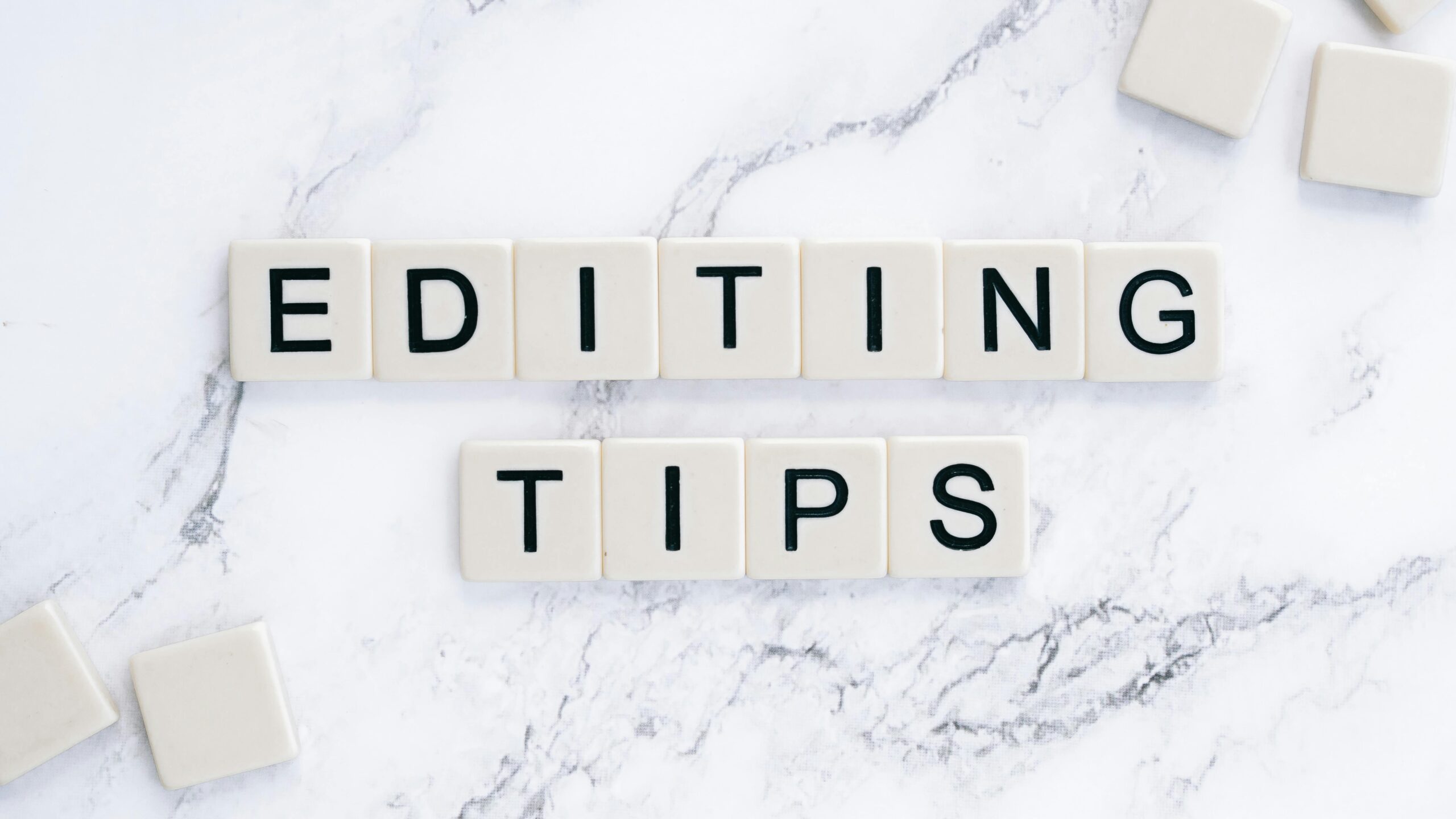Proven Stable Mind Tips for Lasting Mental Clarity
Maintaining a stable mind in today’s fast-paced world is more than a luxury—it’s a necessity. With rising stress levels and constant distractions, the demand for stable mind tips that truly work is higher than ever. In this comprehensive guide, you’ll discover effective strategies to cultivate mental resilience, enhance focus, and boost emotional balance in both personal and professional spheres.

Understanding the Fundamentals
At its core, a stable mind refers to a balanced mental state marked by clarity, focus, and emotional regulation. This concept has roots in ancient philosophical traditions and is now supported by modern psychological science.
Understanding the basics of mental stability helps us manage stress, make better decisions, and lead more fulfilling lives. Think of the mind like a muscle—the more you train it with intention, the stronger and more stable it becomes.
1.1 Emotional Regulation
Emotional regulation is the ability to control or redirect disruptive emotions and impulses. According to a 2023 Harvard study, people who practice emotional regulation consistently report 35% higher satisfaction in their daily lives.
In practical terms, this means recognizing emotions early and applying coping mechanisms such as deep breathing, reframing, or pausing before reacting. One common myth is that emotional control means suppression, but in reality, it involves acknowledgment without attachment.
1.2 Cognitive Awareness
Cognitive awareness, or meta-cognition, is the practice of thinking about your thoughts. Unlike basic mindfulness, it involves analyzing patterns, biases, and triggers.
This principle allows individuals to identify stress signals early and respond with appropriate mental tools. For example, noticing a recurring thought about failure allows one to challenge it logically, increasing long-term mental clarity and stability.
Practical Implementation Guide
Now that the core principles are clear, the next step is integrating these stable mind tips into your daily routine. Progress may be gradual, but consistent effort leads to profound transformation over time.

2.1 Actionable Steps
- Start with Daily Mindfulness: Begin each day with 5–10 minutes of quiet mindfulness. Focus on breath, body sensations, or surrounding sounds to build awareness.
- Create a Mental Wellness Journal: Log your thoughts, moods, and triggers daily. Use tools like mood trackers or gratitude lists for enhanced self-awareness.
- Set Weekly Reflection Milestones: Review your journal weekly to identify recurring patterns and growth. Adjust goals accordingly for sustained progress.
2.2 Overcoming Challenges
Common roadblocks include inconsistency, self-doubt, and time constraints. To overcome these:
- Inconsistency: Set reminders or pair your mindfulness with existing routines like morning coffee.
- Self-Doubt: Accept that progress isn’t linear. Everyone experiences mental dips.
- Time Constraints: Utilize micro-practices—60-second breathing or mental check-ins during breaks.
Experts suggest scheduling mental practices like any other appointment. This frames mental stability as a priority rather than an option.
Advanced Applications
For those who have mastered the basics, advanced strategies provide deeper and more sustainable results. These stable mind tips go beyond daily routines and integrate holistic lifestyle components.

3.1 Neurofeedback and Biohacking
Neurofeedback uses EEG devices to train your brain in real-time. Case studies from Stanford in 2024 show a 22% improvement in focus and stress resilience after 6 weeks of training.
These systems monitor brainwave activity, allowing users to make micro-adjustments that enhance mental clarity. Though still niche, they’re gaining traction among high performers in tech, sports, and finance.
3.2 Digital Detox and Minimalism
Combining stable mind tips with digital minimalism enhances long-term benefits. Reducing screen time by even one hour daily can improve sleep, mood, and focus significantly.
Integrate this by setting ‘no-phone zones’ at home, turning off non-essential notifications, and practicing intentional screen use. These shifts create mental space for reflection and clarity.
Future Outlook
The future of mental clarity and emotional stability looks promising. Innovations like AI-guided therapy, wearable brain health devices, and personalized mental wellness plans are reshaping the landscape.
Over the next 3–5 years, expect more accessible tools for mood tracking, resilience scoring, and automated coaching. Readers who stay informed and proactive will thrive in this evolving mental health ecosystem.
Conclusion
To recap, here are the three key takeaways:
- Foundational principles like emotional regulation and cognitive awareness build a stable mind.
- Daily practices like mindfulness and journaling offer practical, lasting improvements.
- Advanced strategies like neurofeedback and digital detox can deepen your results.
By applying these stable mind tips, you’re investing in a calmer, more focused version of yourself. Start small but remain consistent—transformation is inevitable when effort meets intention.
Frequently Asked Questions
- Q: What is a stable mind? A stable mind is a state of balanced emotions, clear thinking, and the ability to respond rather than react to situations. It’s built through practice and intention.
- Q: How can I start applying stable mind tips? Begin with 5 minutes of mindfulness daily and log your thoughts. Gradually add journaling and reflection to build momentum.
- Q: How long does it take to see results? Most people notice improved focus and reduced stress within 2–4 weeks, depending on consistency and lifestyle.
- Q: Are these practices expensive? Not necessarily. Basic mindfulness and journaling are free. Tools like neurofeedback vary from $100 to $800 depending on the system.
- Q: How do these tips compare to therapy? Stable mind tips are complementary. They work best when used alongside or between therapy sessions but aren’t a substitute for clinical care.
- Q: Are these techniques hard to learn? Most are beginner-friendly. Mindfulness, for instance, can be learned in minutes. Advanced techniques may require more guidance.
- Q: Can this be applied in high-stress industries? Absolutely. Professionals in finance, tech, and healthcare use these tips to manage performance pressure and burnout.
